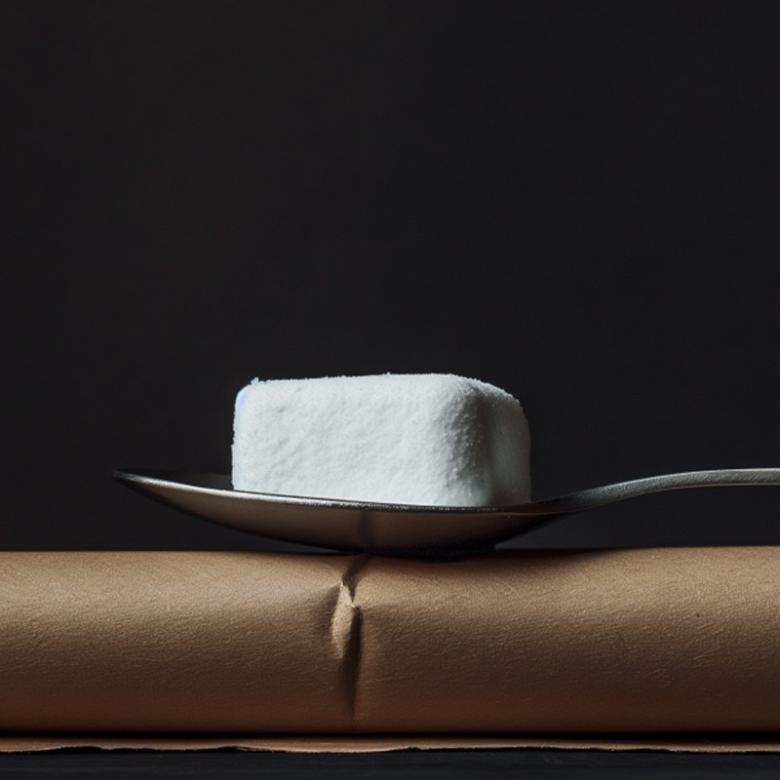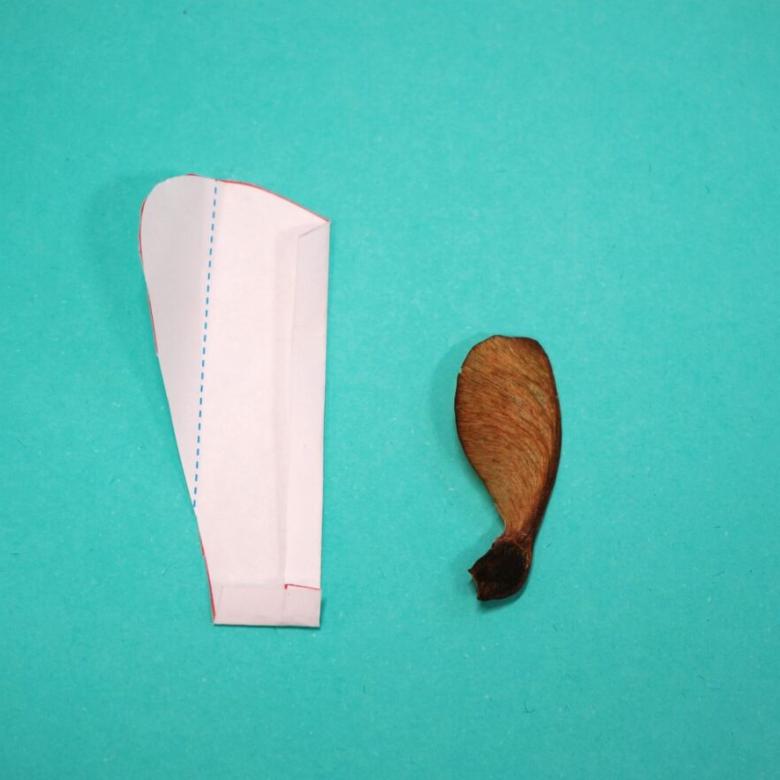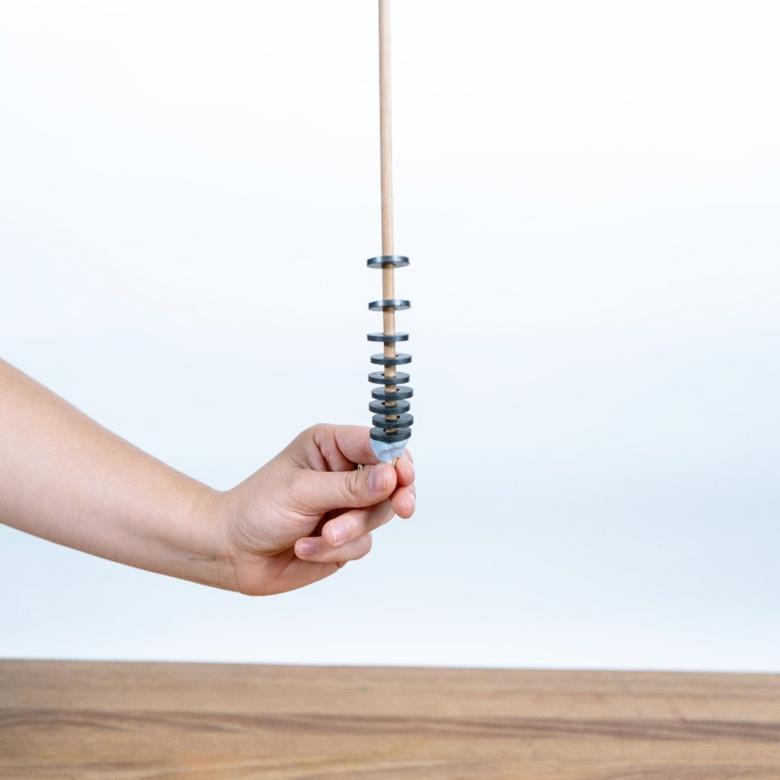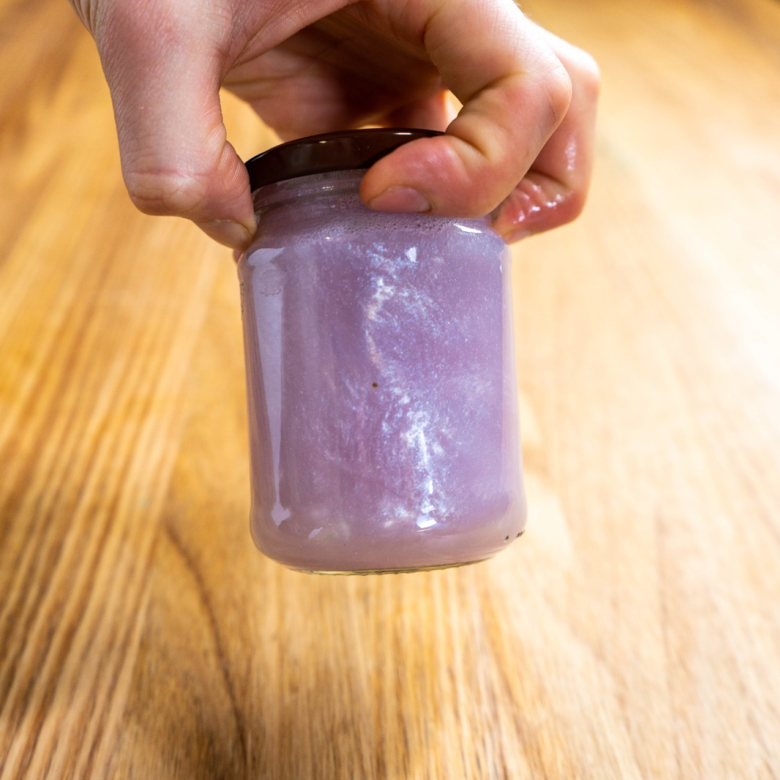You’ll need
- 9 wooden ice cream sticks
- At least 5 rubber bands
- A plastic teaspoon
- Marshmallows or other small, soft objects
What to do
- Take 7 of the ice cream sticks and stack them on top of each other.
- Bind the sticks together by winding a rubber band tightly around one end. Wind another rubber band around the sticks at the other end.
- Take the last 2 ice cream sticks and stack them on top of each other. Bind them together with a rubber band, putting the band as close to the end of the 2 sticks as you can.
- Gently slide the 7 ice cream sticks between the 2 ice cream sticks, splitting the 2 sticks apart. You should have a cross shape.
- Use a rubber band to join the 2 pieces to the 7 pieces around the middle.
- Use a rubber band to attach the spoon to one of the 2 separated ice cream sticks.
- Now, place a marshmallow on the spoon, pull back on the spoon and watch your catapult fling the marshmallow!
Questions to ask
Why does the catapult fling things so easily?
How can you make a catapult that can throw things even further? Try using bigger sticks or pulling the catapult back a bit further. But be careful that you don’t pull it back too far!
What's happening
The ice cream sticks, rubber bands and plastic spoon all have an elastic property. This means they go back to their original shape after being bent (if they are not bent too much).
When you bend the ice cream stick back, you are storing elastic potential energy. This happens because the stick and the spoon want to return to their original shapes. When you release the spoon, they spring back into their original shapes. The stored potential energy becomes kinetic energy and the catapult and marshmallow start to move. Kinetic energy is energy of movement.
The spoon and stick of the catapult are attached to the base and stop moving after they spring back. The marshmallow is not attached, so it keeps going. It keeps flying through the air thanks to its momentum
Did you know
The catapult is just one type of ancient weapon used to fling objects long distances. Others include the ballista and the trebuchet. A ballista uses twisted ropes and bent pieces of wood to store the elastic potential energy. The trebuchet is a bit different. It is like a seesaw. It has a long beam with a heavy weight at one end. When the weight falls, the other end flies up and throws the projectile. Large catapults can send projectiles as far as 300 m.
Want to make more catapults? Try our Catapult activity!






